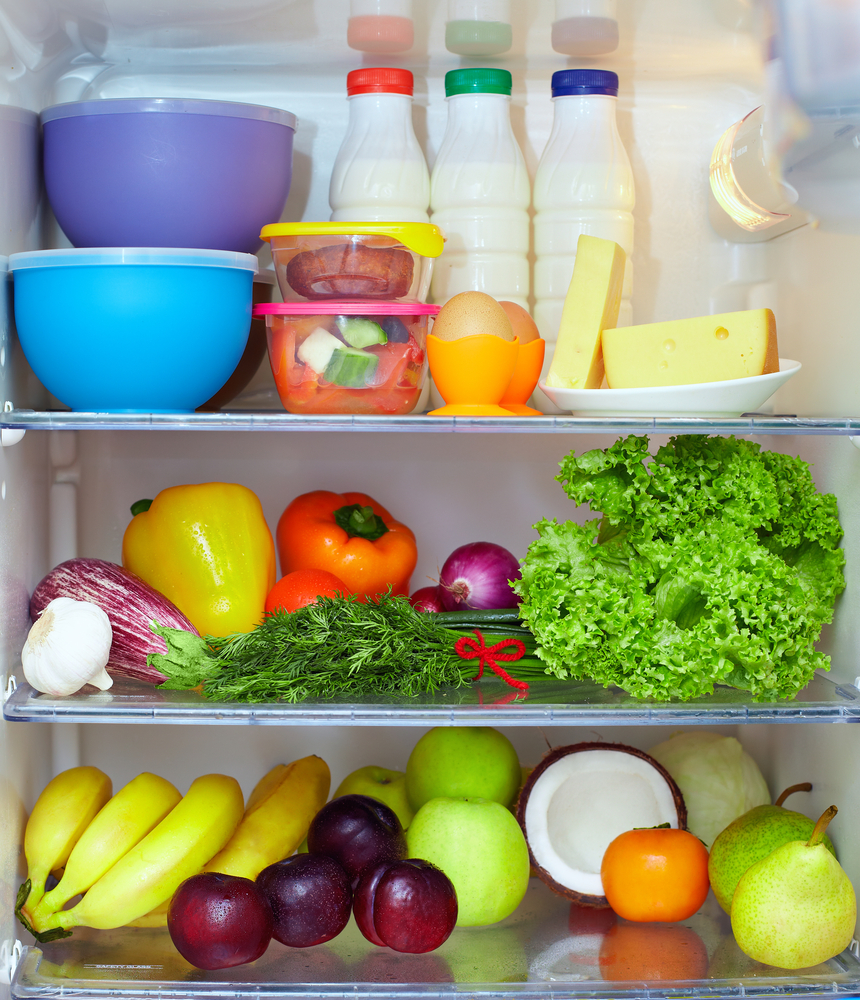DOE Has High Standards, Sets New Efficiency Requirements for Refrigerators and Freezers
Let's Save Energy
Alliance to Save Energy's Blog

In 2011, the Department of Energy (DOE) issued standards for home refrigerators, refrigerator-freezers and freezers to increase the energy efficiency of these commonly-used appliances. The standards reflect several recommendations made to DOE from states, home appliances manufacturers, consumer groups and efficiency proponents — including the Alliance and several of our Associates.
Last week the new standards became effective, establishing a new maximum annual energy consumption limit and reducing refrigerators’ energy usage by 20 to 25 percent, depending on product class. Consumers have a lot to celebrate, as appliances that comply with these regulations are expected to save them tens of billions of dollars on electricity bills over the next 30 years. This new rule will also benefit the environment — each year enough energy will be saved to power 3.4 million homes, which will cut down carbon dioxide emissions equivalent to the removal of 70 million cars from the road for an entire year.
It is also worth mentioning that this is the first time that refrigerator and freezer standards take ice maker energy use into consideration. Prior to this date, models with ice makers were assumed to consume an additional set amount of 84 kilowatt hours (kWh). That averaged number will be replaced by the appropriately measured energy use of ice makers, providing consumers with more accurate information. This new addition to energy standards will certainly push manufacturers to further improve the energy efficiency of both refrigerators and automatic icemakers.
Refrigerators have grown in size in recent years, and include more features than ever before, while purchase prices and electricity bills have continued to decline. These improvements are possible due to new technologies and improvements in refrigeration, such as enhanced designs, high efficiency compressors, superior fan motors and vaccum isolation panels (VIPS) and new standards will only help to increase these savings further.
In upcoming weeks, consumers can look forward to purchasing more energy efficient refrigerators, as stores’ stocks turn over and start stacking up with new appliances. Consumers can further maximize those savings by acquiring ENERGY STAR labeled appliances, which are required to be 20 percent more efficient than the federal minimum standard for energy efficiency.
Pushing Energy Efficiency Forward
New or updated efficiency standards are very exciting news for energy advocates, environmental activists and consumers. However, energy efficiency has not always been a main concern for the industry. Before standards were first established in 1978, residential refrigerator energy consumption was rising drastically from year to year for 25 years. The lack of any regulatory standard led manufactures to create changes and develop technologies without any regard for efficiency, costing consumers hundreds of dollars. Manufacturers prioritized design changes that decreased purchase prices, but were less cost-effective over the lifetime of the product.
The introduction of mandatory efficiency standards was a game changer. Energy efficiency has continuously increased due to the introduction of Energy Star labels, financial incentives and updated standards and technologies. Furthermore, by giving manufacturers energy targets without technological restrictions, energy efficiency standards have pushed them to invest in innovative technologies. As a consequence, the refrigerator industry managed to improve the quality of their products, increase storage capacity, create more features and reduce prices.
By developing and implementing these standards, the Department of Energy has played an instrumental role in transitioning refrigerators from the most-energy thirsty home appliances to a very energy conscious product. Refrigerators today are 80 percent more efficient than those from the 1970s, and these regulations will continue to drive improvements for more efficient products and greater consumer savings.
STAY EMPOWERED
Help the Alliance advocate for policies to use energy more efficiently – supporting job creation, reduced emissions, and lower costs. Contact your member of Congress.
Energy efficiency is smart, nonpartisan, and practical. So are we. Our strength comes from an unparalleled group of Alliance Associates working collaboratively under the Alliance umbrella to pave the way for energy efficiency gains.
The power of efficiency is in your hands. Supporting the Alliance means supporting a vision for using energy more productively to achieve economic growth, a cleaner environment, and greater energy security, affordability, and reliability.



